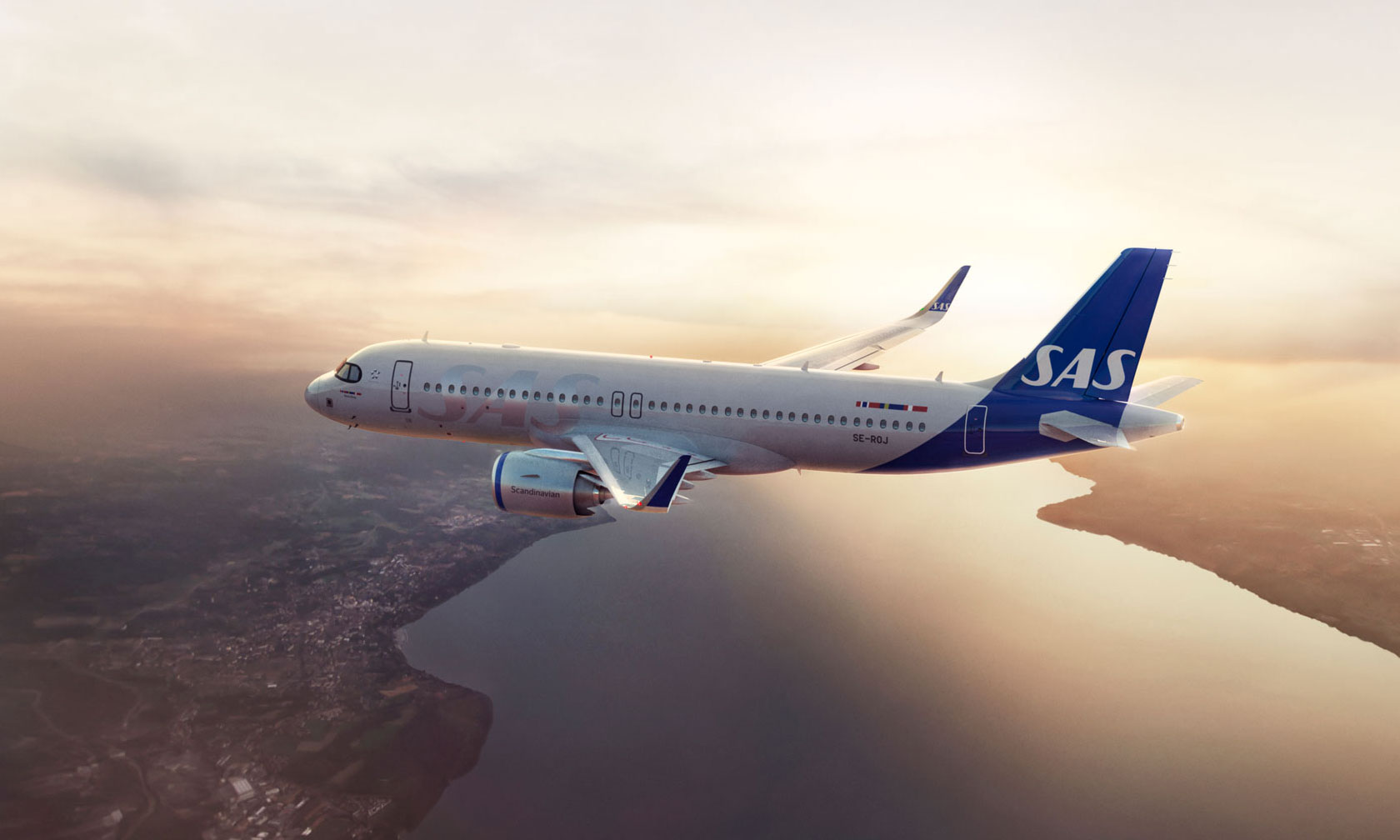Decarbonizing Aviation with Fossil-Free Hydrogen Electrofuel
Key Ideas
- Vattenfall explores the potential of producing electrofuel for the aviation industry in collaboration with partners like St1 and Preem.
- Feasibility studies indicate a promising future for eSAF, with expected market maturity by the 2030s.
- Key success factors identified by Vattenfall include production costs, regulatory framework, and energy efficiency.
- The HySkies partnership with Shell for large-scale eSAF production was paused due to market maturation expectations, impacting related projects like Heat CCU in Uppsala.
Vattenfall, in partnership with St1 and Preem, is actively engaged in exploring opportunities to decarbonize industries like refining and petrochemicals using fossil-free electricity and hydrogen. One of the key focuses is the production of electrofuel, specifically eSAF, for the aviation sector. Feasibility studies conducted by Vattenfall and its partners have shown a positive outlook for eSAF, anticipating market maturity in the 2030s. Identified success factors for this venture include managing production costs, establishing a robust regulatory framework, and prioritizing energy efficiency. However, the HySkies partnership between Vattenfall and Shell, aimed at large-scale eSAF production, has been paused due to revised market maturity projections. This decision has also affected associated projects like the Heat CCU initiative in Uppsala. The collaborative efforts of companies like Vattenfall, St1, and Preem highlight a shared commitment to driving sustainable solutions in the aviation industry through the utilization of fossil-free hydrogen and electrofuels.
Topics
Aviation
Sustainability
Energy Efficiency
Decarbonisation
Partnership
Market Analysis
Regulatory Framework
Electrofuel
Latest News
